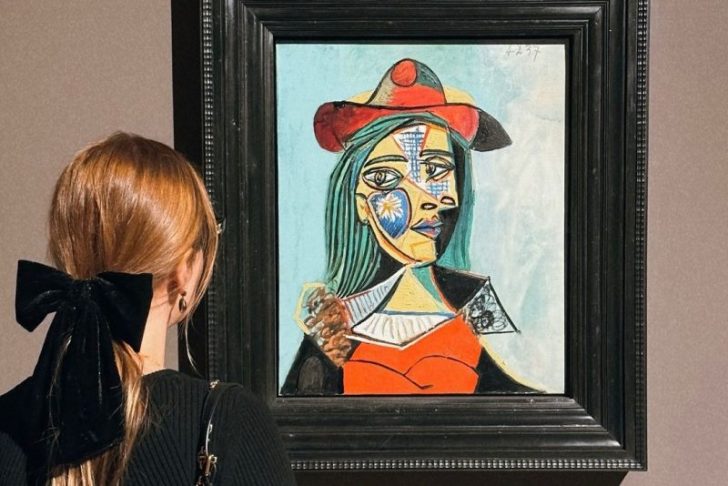How much are Picasso lithographs worth? The value of a Picasso lithograph can vary widely, influenced by factors such as rarity, condition, provenance, and the specific subject matter depicted. Picasso, a towering figure in 20th-century art, produced many lithographs throughout his career. These works remain highly sought after, reflecting both the artist's enduring popularity and the stability of the market for his prints.
How Much Are Picasso Lithographs Worth?
The worth of a Picasso lithograph can range from a few thousand dollars to several million, depending on various factors. Lithographs from certain periods, especially those from the 1940s and 1950s, are particularly valuable due to Picasso's experimentation with color and technique during this time. His lithographs often encapsulate the essence of his broader artistic endeavors, making them attractive to both seasoned collectors and those new to the market.

@arte_metaverse | Instagram | Picasso's Lithographs from the 1940s and 1950s are particularly valuable due to Picasso's experimentation with color and technique during this time.
For example, lithographs from Picasso's "Vollard Suite," a series of 100 etchings created in the 1930s, are highly prized. Individual prints from this series have been known to sell for up to £200,000 each. The print's condition plays a significant role in its value; well-preserved lithographs command higher prices, while those with damage or fading may see a decrease in their market worth.
Factors That Affect the Value
Several key factors influence the value of a Picasso lithograph. The condition of the artwork is paramount. Paper, being a delicate medium, is susceptible to damage from light, humidity, and improper storage. Foxing, light stains, and creases can all diminish the value of a lithograph, although some forms of damage, like foxing, can often be treated by a conservator.
Provenance, or the history of ownership, is another critical factor. A lithograph with a well-documented provenance is more likely to fetch a higher price as it assures the artwork's authenticity and historical significance. Lithographs in significant collections or have been exhibited in renowned museums often carry an additional premium.
How to Prove the Authenticity of a Picasso Lithograph
Authenticating a Picasso lithograph requires a careful examination of several elements. The signature is one of the most telling indicators. Picasso's signatures varied throughout his career, so comparing the signatures on a lithograph with those from the same period is crucial. Many of Picasso's lithographs were signed on the plate, meaning the signature was printed as part of the image, while others were signed in pencil after printing. Pencil signatures are particularly valued as they are considered more closely tied to the artist's hand but are also more prone to forgery.

@vera_bertran | Instagram | Picasso's signatures varied throughout his career, so comparing the signatures on a lithograph with those from the same period is crucial.
In addition to the signature, the sheet's size and the platemark's presence are essential clues. The platemark, an indentation left by the printing plate, should be consistent with other examples from the same edition. A missing or irregular platemark could suggest that the lithograph is either a forgery or has been improperly restored.
Catalogues raisonnés, which are comprehensive, annotated listings of all known artworks by an artist, serve as invaluable references in the authentication process. By comparing the lithograph in question to the entries in a catalogue raisonné, one can verify its legitimacy and ensure that it conforms to known examples.
The Importance of Condition and Care
The condition of a Picasso lithograph is crucial not only to its immediate value but also to its long-term investment potential. Collectors are advised to request a detailed condition report before purchasing any lithograph. This report should address any damage, such as foxing, stains from acid mats, or light fading. While some types of damage can be treated, others, like light staining, are irreversible and can significantly impact the lithograph's value.






